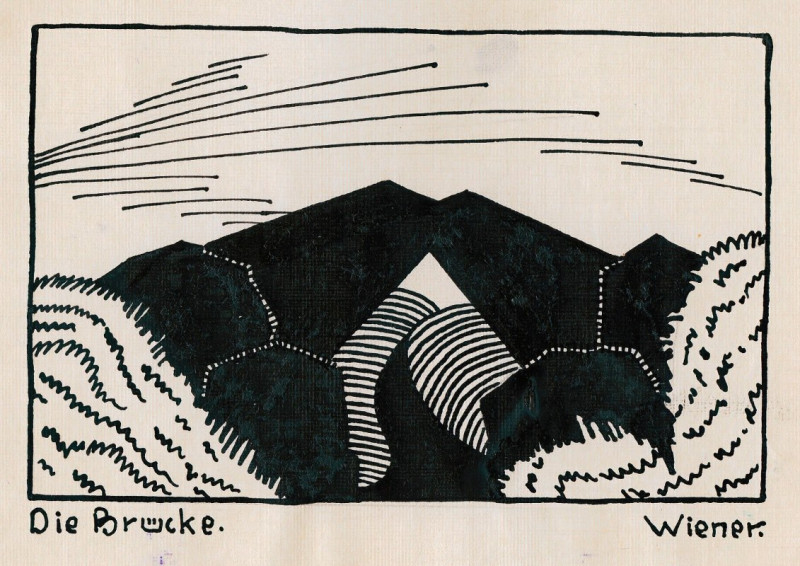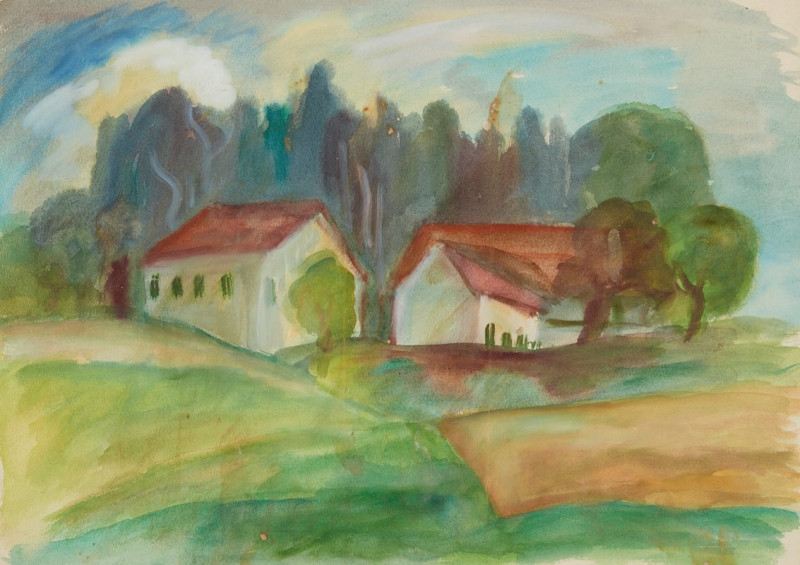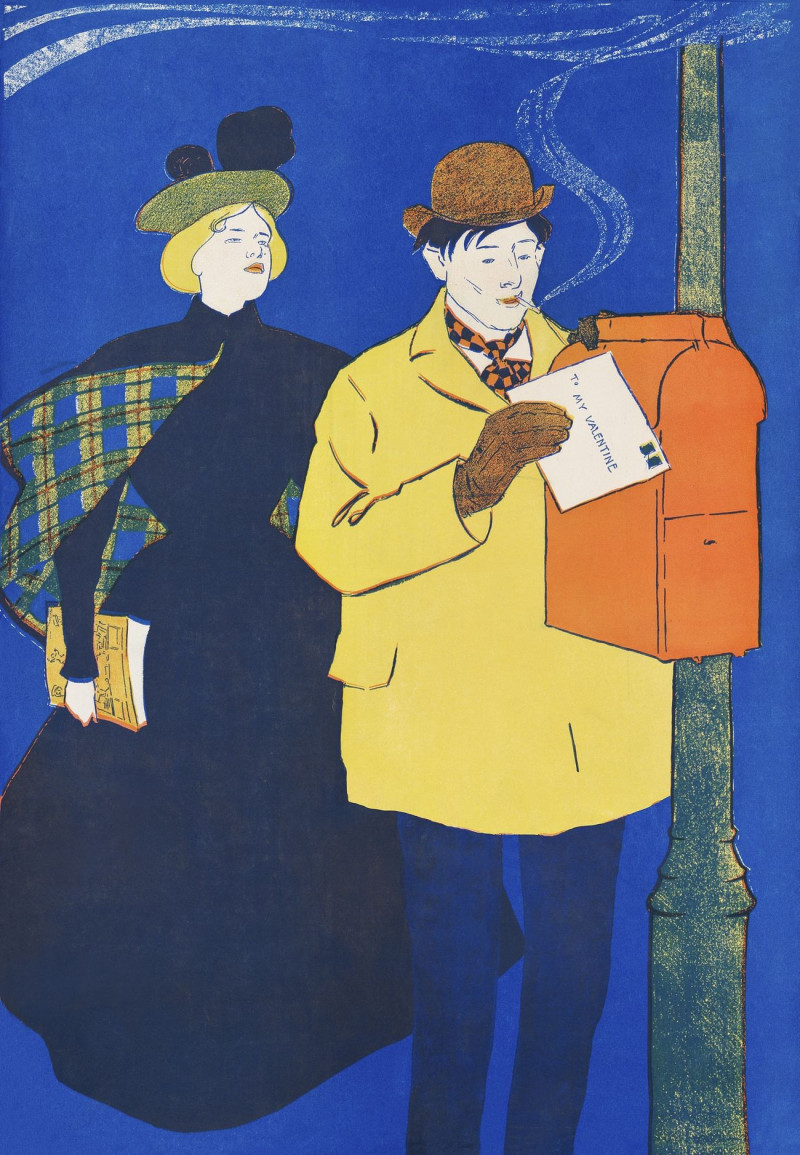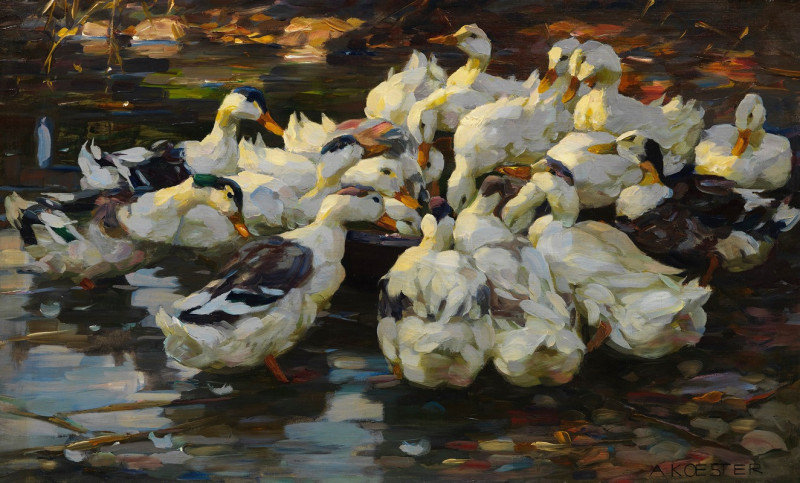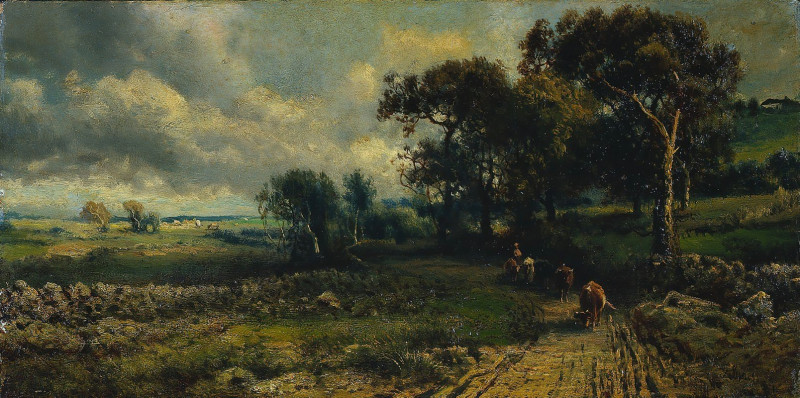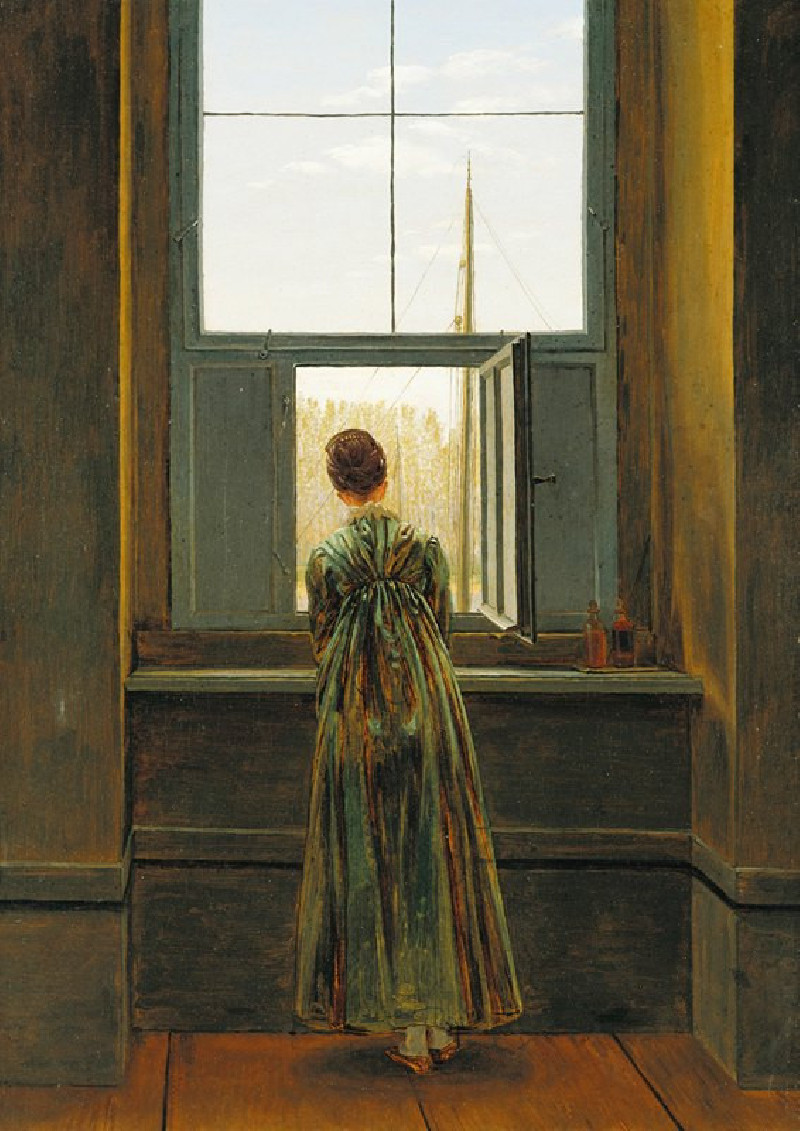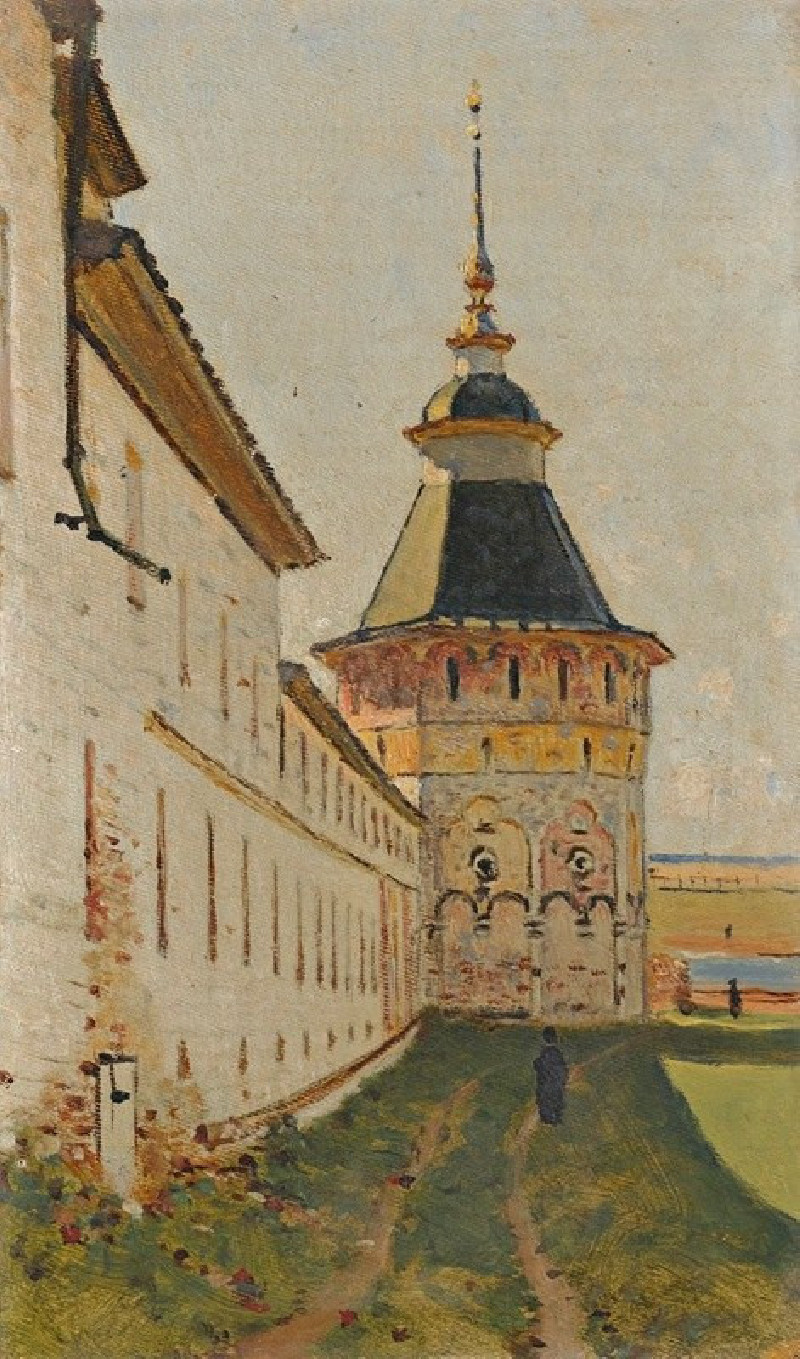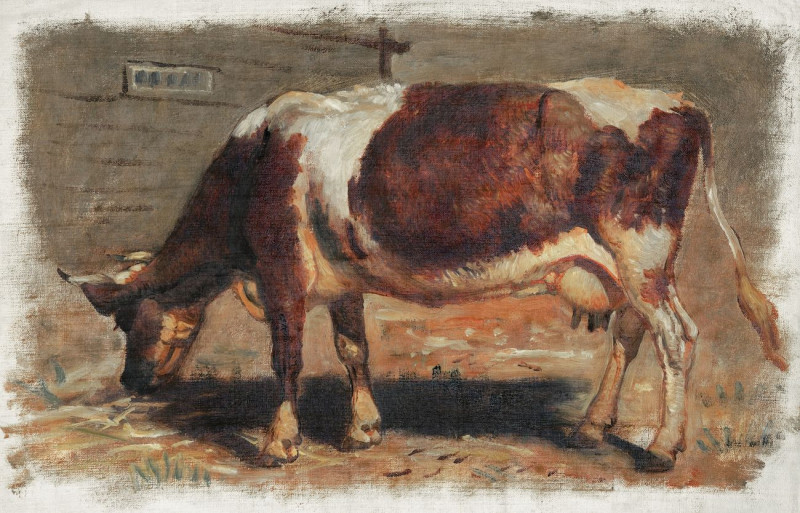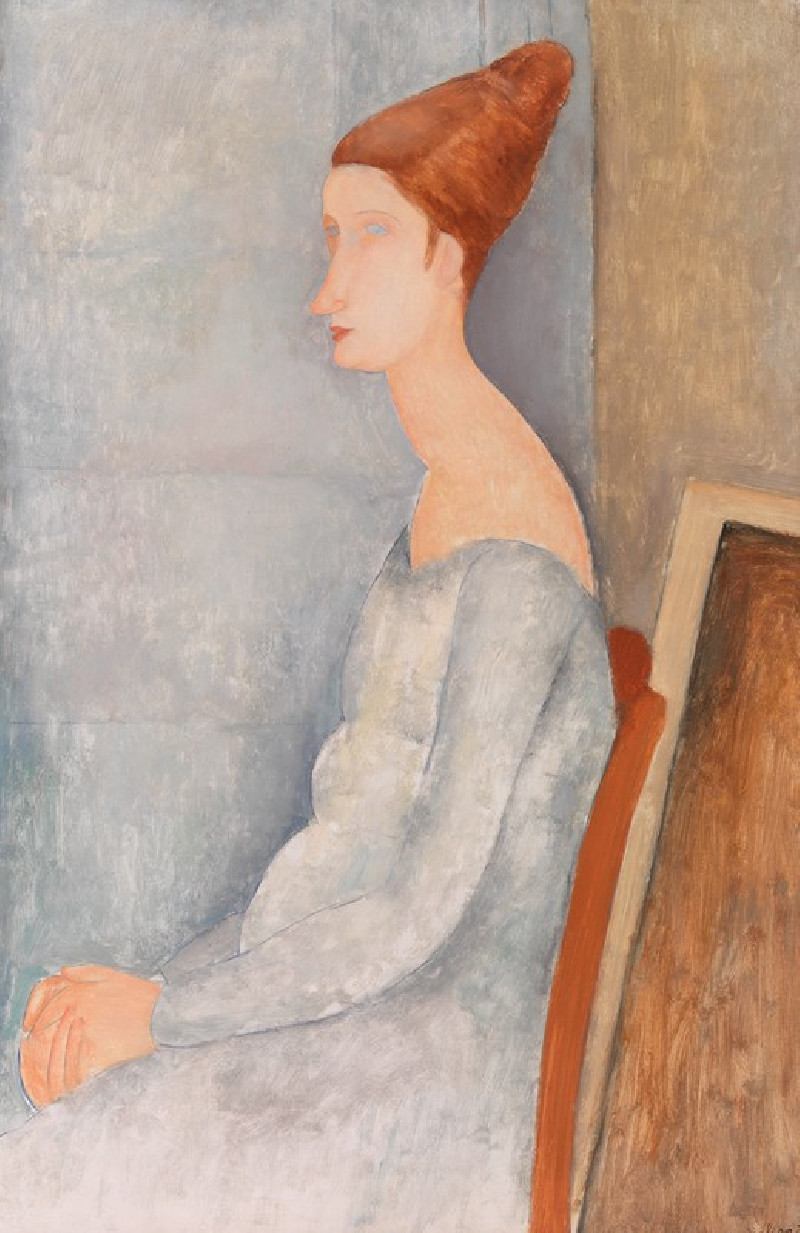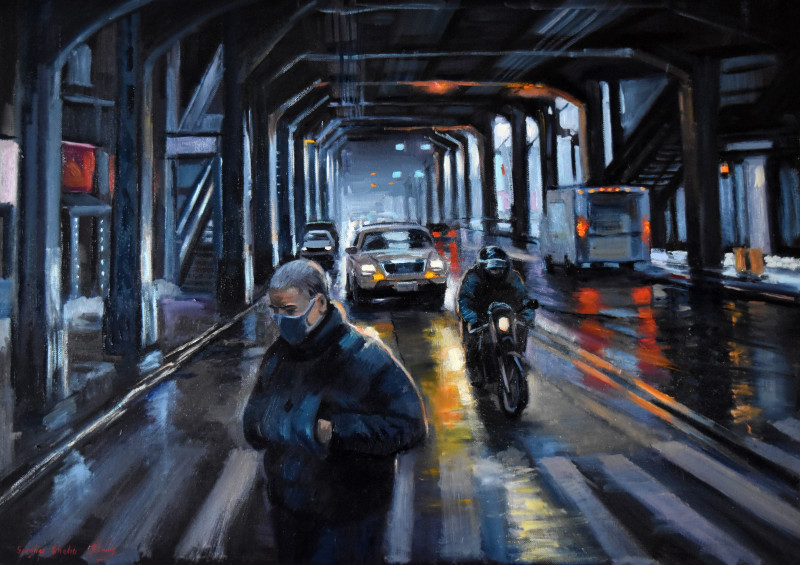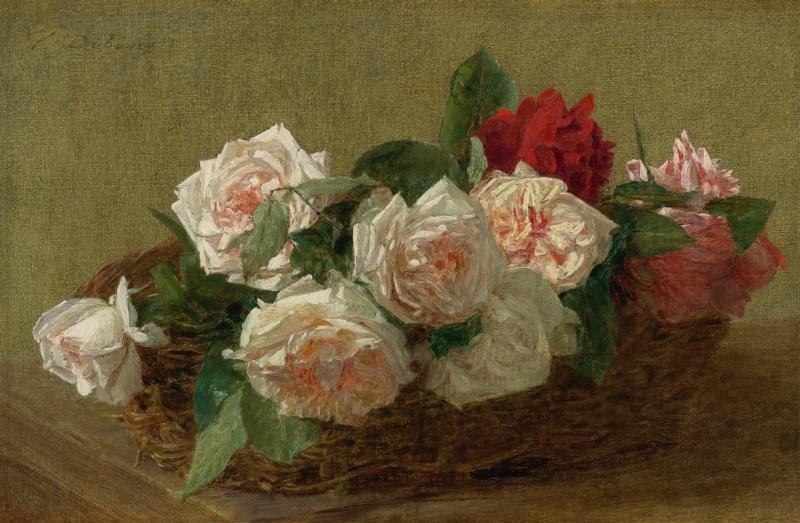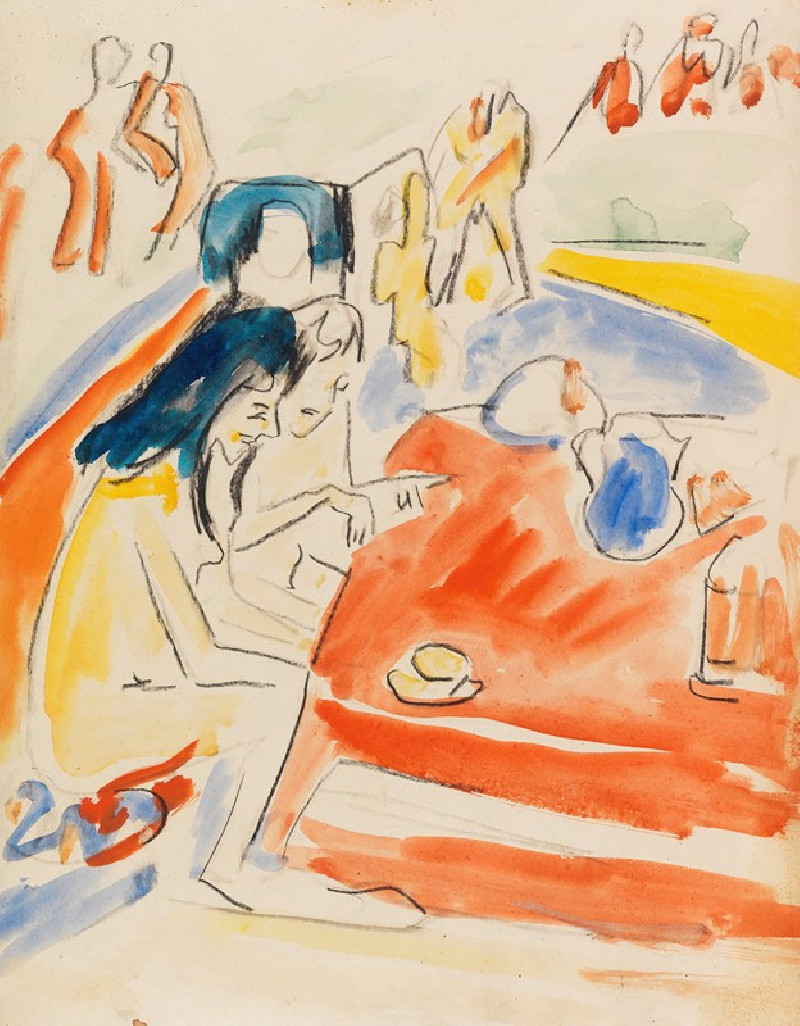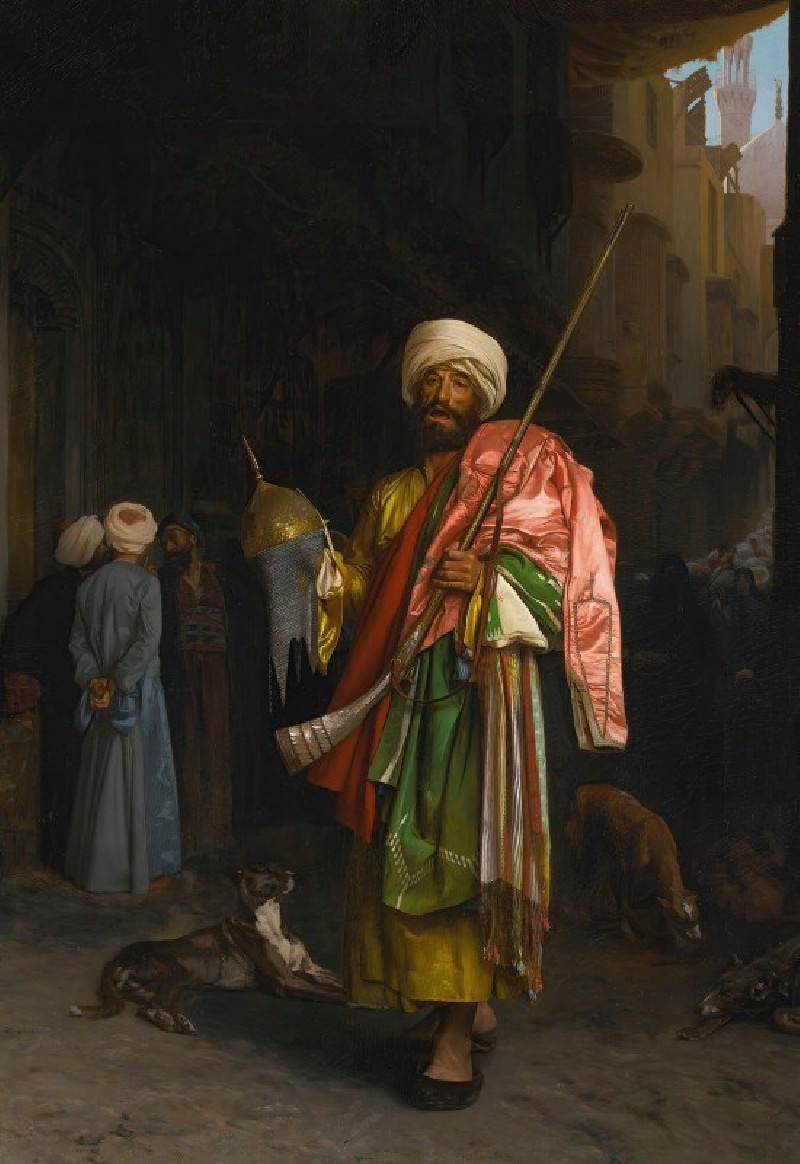Die Brücke (around 1920)
Technique: Giclée quality print
Recommended by our customers
More about this artwork
This captivating artwork titled "Die Brücke," created by the innovative Karl Wiener around 1920, is a stirring example of modernist abstraction. The painting prominently features a stark, angular bridge, which arcs boldly over an enigmatic, textured landscape. Deep blacks and contrasting white patterns lure the viewer into a rhythmic interplay of shapes and textures, enhancing the mysterious quality of the scene.Wiener's use of abstract forms and simplified color scheme highlights the fundamental elements of the design, focusing on the powerful silhouette of the bridge and the dynamic swirling patterns beneath it. These elements might suggest the tumultuous context of the early 20th century, a time of great technological advancement and profound social changes."Die Brücke" invites contemplation on the connections—both literal and metaphorical—that bridges represent. In this work, Wiener may be exploring themes of connectivity, transition, and the overcoming of obstacles, which resonate with the universal human experience.

